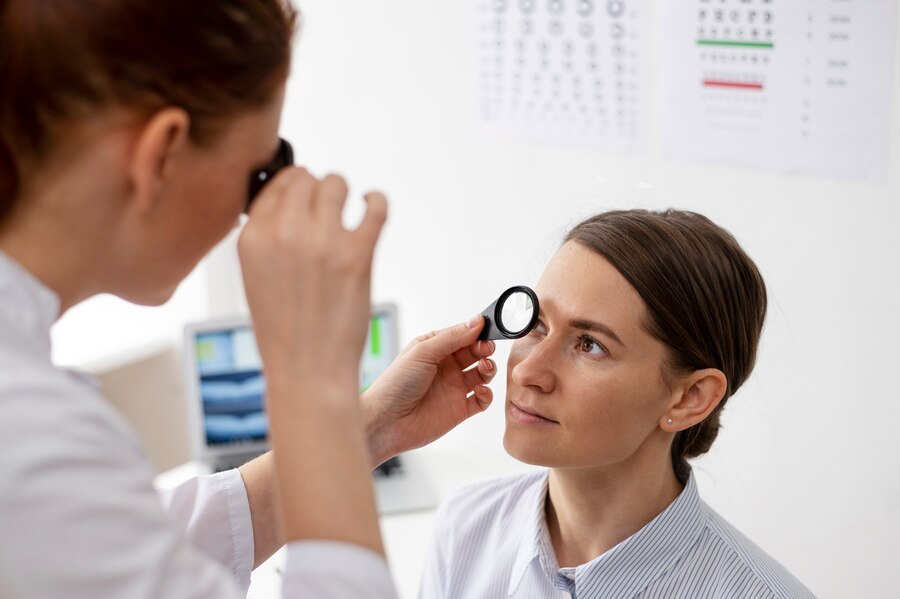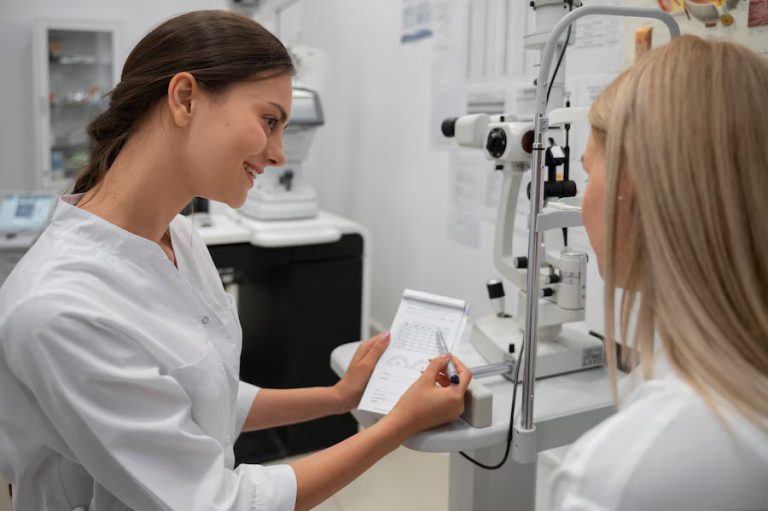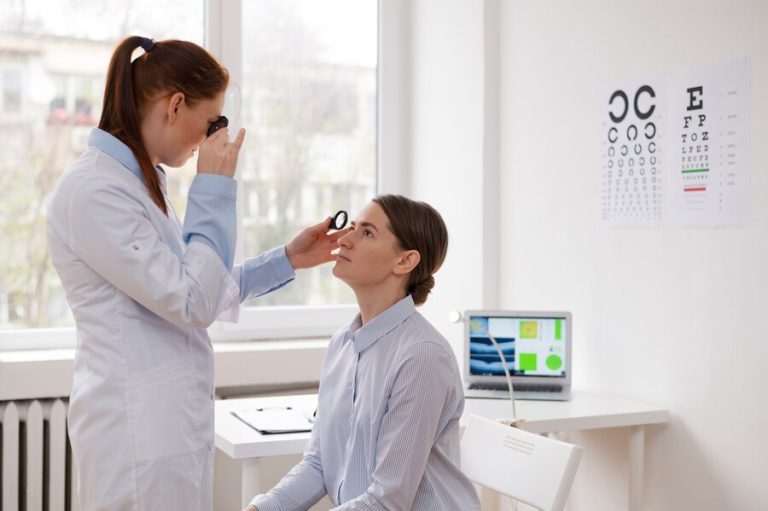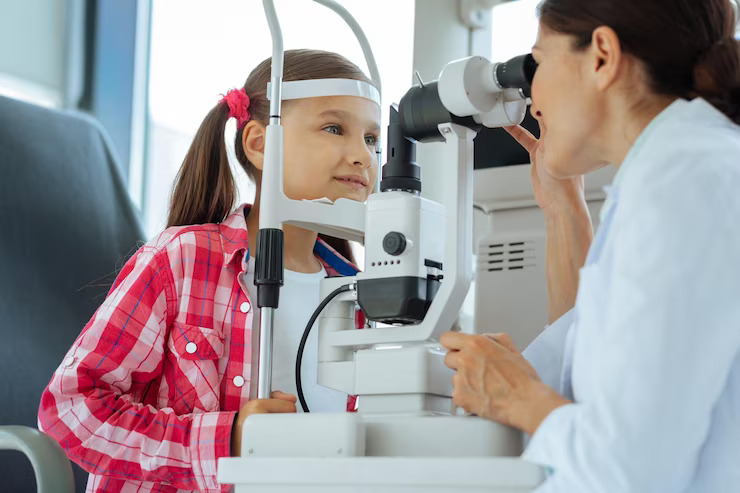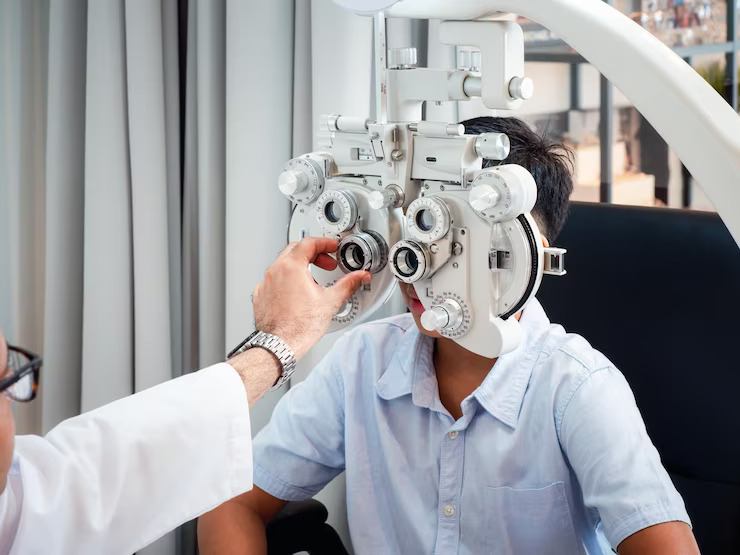Components Of A Complete Eye Examination A Detailed Overview
A comprehensive eye examination is a vital aspect of preventive healthcare, offering valuable insights into the overall health and function of the eyes. This thorough evaluation involves a series of specialized tests and assessments designed to detect vision problems, assess ocular health, and screen for eye diseases and conditions. In this article, we provide a detailed overview of the key components of a complete eye examination, highlighting the importance of each test in maintaining optimal eye health and vision.
Visual Acuity Testing
Visual acuity testing is perhaps the most familiar component of an eye examination, involving the assessment of how well a person can see at various distances. This typically involves reading letters or symbols from an eye chart positioned at a standardized distance. The results are expressed as a fraction, with 20/20 indicating normal visual acuity, meaning the person can see at 20 feet what a person with normal vision can see at 20 feet. Visual acuity testing helps identify refractive errors such as nearsightedness, farsightedness, and astigmatism, which can be corrected with prescription eyeglasses or contact lenses.
Refraction Assessment
Refraction assessment is a crucial step in determining the appropriate prescription for corrective lenses. During this test, the eye care provider uses a phoropter or trial frame to measure the eye’s refractive error and determine the power of lenses needed to correct vision. The patient is asked to compare different lens options and provide feedback on which ones result in clearer vision. Refraction assessment is essential for optimizing visual clarity and addressing any refractive errors that may be affecting the patient’s vision.
Ocular Health Evaluation
The ocular health evaluation encompasses a variety of assessments aimed at examining the structures of the eye and detecting signs of eye diseases and conditions. This may include examination of the external eye structures, such as the eyelids, conjunctiva, and cornea, using a slit lamp biomicroscope. The eye care provider may also perform a dilated fundus examination to evaluate the internal structures of the eye, including the retina, optic nerve, and blood vessels. This allows for the detection of conditions such as cataracts, macular degeneration, diabetic retinopathy, and glaucoma at an early stage when treatment is most effective.
Intraocular Pressure Measurement
Intraocular pressure (IOP) measurement is a critical component of an eye examination, as elevated IOP is a primary risk factor for glaucoma, a leading cause of irreversible vision loss. The most common method of measuring IOP is tonometry, which involves using a device called a tonometer to measure the pressure inside the eye. Elevated IOP can indicate the presence of glaucoma or other ocular conditions requiring further evaluation and management.
Examination of the Ocular Surface
The examination of the ocular surface is essential for assessing the health of the tear film and identifying conditions such as dry eye syndrome, blepharitis, and conjunctivitis. This may involve evaluating tear production using tests such as the Schirmer test or assessing the quality of the tear film using techniques such as tear film breakup time (TBUT). Additionally, the eye care provider may examine the eyelids and meibomian glands for signs of inflammation or dysfunction that could contribute to ocular surface disorders.
Pupil Examination
Pupil examination is a fundamental component of a complete eye examination, providing valuable information about neurological function and eye response. The size, shape, and reactivity of the pupils are assessed using a penlight or specialized pupillometer. Abnormalities in pupil size or reactivity may indicate neurological disorders, ocular trauma, or other underlying health conditions requiring further evaluation.
Conclusion
A complete eye examination is a comprehensive assessment of visual function and ocular health that plays a crucial role in maintaining optimal eye health and vision. By incorporating various tests and assessments, eye care providers can detect vision problems, identify eye diseases and conditions, and initiate timely interventions to preserve vision and prevent vision loss. Regular eye examinations are essential for individuals of all ages, allowing for early detection and treatment of eye-related issues and promoting lifelong eye health and wellness.
For any further queries, Plz visit drvivekgarg.in

